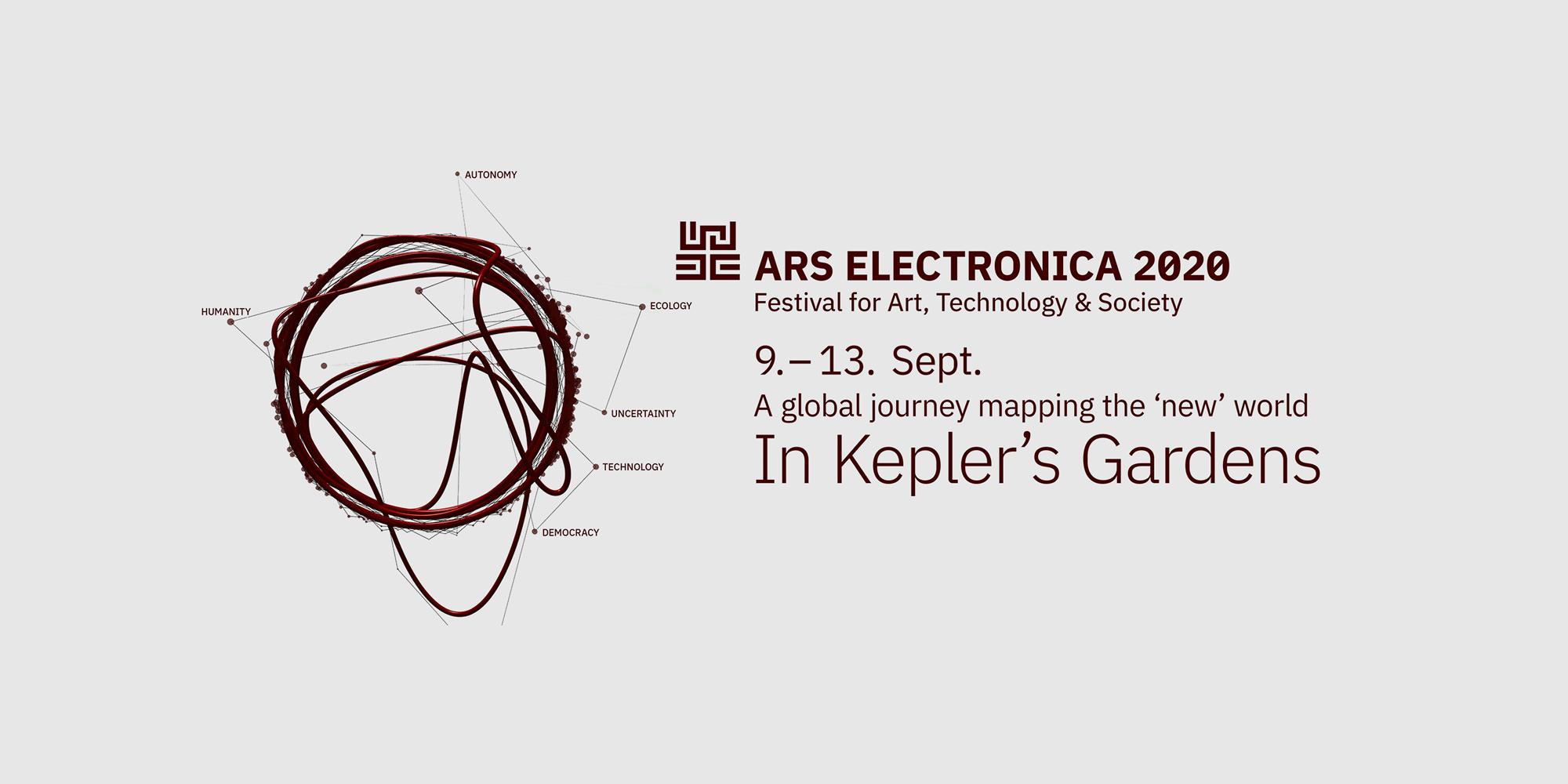Educators

A Fungus Garden Manifesto (2020)
Museo del Hongo community
How would a fungus-only garden look like? A fungus garden Manifesto calls upon the local community of mycophiles that have collaborated within Museo del Hongo throughout its history. Converging perspectives from a variety of disciplines and research, in this round table we bring together ideas on how can we shape a sustainable, mycocentric future.
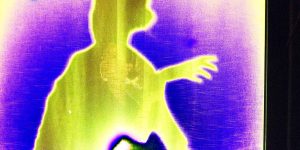
Rotten Body (2020)
Alexandra Mabes (CL), Nicolás Oyarce (CL), Ana Rosa Ibáñez (CL)
Dance installation inspired by the decomposing course of action which fungi encourages. The shape of the body is deformed through the materials to portray the transformation and reconfiguration of matter in the decay.

Mapu Kufüll
Sebastián Calfuqueo (CL)
Digital video installation that reflects on the cosmological perspective of the Mapuche people in relation to mushroom harvesting. The artist will showcase his recent investigation at Museo del Hongo through an animated ‘Tale’, portraying mushrooms as a symbol for resistance for their communities post the “Araucania Pacification” period.

Sun Sun (2020)
Konantü (Courtney Smith & Iván Navarro)
In these dark pandemic times, Sun Sun invites us to invoke the sun and its light through an interactive poetry game that defies syntax logics, imagining new ones under a limited series of 8 words and their mutual combinations. The exhibition includes a set of 64 cards to print and play at home, a selection of songs that are related to the sun and videos to demonstrate and exemplify how the game goes.
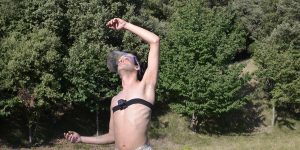
CALM #2 | Decomposition (2020)
José Bidegain (CL), Futuro Fósil (CL)
Performative installation that reconfigures the value of the parts that constitute us as a living ecosystem. From the micro-political action of the arts and the organic macro of the fungi kingdom, this transmedial live experience uses sound to create new perspectives for physical and spatial perception.

Scientific papers
Paper authors: It starts with an inverted map. Chronicle of an imaginary and literal navigation through the southern tip of America. By Paula López Wood "Roots and inorganic forces, tectonic-climate interaction: its meaning in the evolution of the landscape and the habitability of the territory " By Gerd Sielfeld Art, science and society from a critical museology. THE OPEN LANDSCAPE BEHIND THE BORDERS By Alessandra Burotto Tarky Remain or Return: The Ancestral Communities of Magallanes from Hornos Island By Alfredo Prieto

Bengaluru: City of Water
Harini Nagendra, ecologist
Ecologist Harini Nagendra’s talk takes the audience on a journey through the history of water systems in Bengaluru - starting from the 6th century CE to the present day. She explains how lakes were built and how they became an important source of water for the city. Today they are used solely for recreation, environmental support and ornamental views. She argues that urbanization and water conservation can go together and that we need to look at our history to manage our future.

The Unquiet River: Brahmaputra
Arupjyoti Saikia, historian
From landscapes to livelihoods, the river Brahmaputra has shaped the history of Assam. Historian Arupjyoti Saikia’s Confluence lecture brings together history, geology and hydrology to present a comprehensive understanding of this mighty river. He speaks about how the river was formed, what makes it unique, and why it is important to think about its future. His lecture is based on his book by the same name.
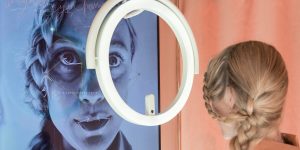
BIOMETRIC MIRROR
Lucy McRae, Natasha Greenhalgh, Dr Niels Wouters
Biometric Mirror is an immersive and at times controversial installation that blends the act of casually glancing at one’s reflection with modern algorithmic perspectives on facial perfection. The artwork explores the accuracy and flaws of artificial intelligence and the ‘uncanny valley’ of algorithmic perfection and its potential black mirror outcomes.

SEAWEED SALON
Lichen Kelp, Jessie French
A two-part workshop series by the Seaweed Appreciation Society International that invites you on a field trip to another world - an alternate seaweed reality, where edible algae bioplastics are mixed up alongside refreshing seaweed cocktails. By speculating on a radically sustainable seaweed future, we will be asking if biomutualism can play a part in our everyday lives in the future. A radical sustainable seaweed intervention has never felt more urgent.

Could an insect, human and android communicate through dance?
Prue Lang, Mathieu Briand, Mark Elgar and Alicia Sometimes
Join choreographer Prue Lang, artist Mathieu Briand and evolutionary ecologist Prof Mark Elgar as they discuss their journey with phasmids and BODY / INSECT / MACHINE, a work that explores the body/androids/artificial movement/intelligence on the one side and the body/human instinct/natural movement/nature on the other.

BODY / INSECT / MACHINE
Prue Lang, Mathieu Briand
BODY/ INSECT /MACHINE is a movement experiment between Prue Lang’s choreography, artist Mathieu Briand’s androids and a Phasmid (stick insect). The work explores the body/androids/artificial movement/intelligence on the one side and the body/human instinct/natural movement/nature on the other.

Terra Australis Ignota Research Group Round Table
A Conversation between the different areas involved in the Terra Australis Ignota project. Nicolas Spencer, Artist and Director of Terra Australis Ignota project Víctor Mazón Gardoqui, Researcher and artist Alfredo Prieto Iglesias, Archaeologist and researcher at University of Magallanes Gerd Sielfeld, Geologist and scientist council of Prisma Austral Foundation Paula López Wood, Writer and travel Journalist Alessandra Burotto, Curator of Museum of Contemporary Art Catalina Montero, Producer of Terra Australis Ignota project and talk moderator
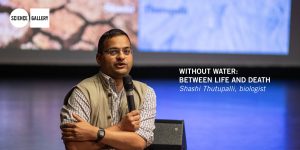
Without water: between life and death
Shashi Thutupalli , biologist
Biologist Shashi Thutupalli questions our understanding of life and death in his Confluence lecture. His lecture is based on his exhibit FrankenShrimp where dehydrated brine shrimp remain dormant until they are placed in water. Once in water, they begin their life processes. He speaks about how cells in living beings need to be in a liquid state to be active, highlighting the importance of water in life sustaining processes.
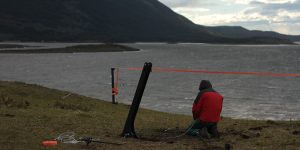
A trip to the island
Alessandra Burotto (CL) / Paula Lopez Wood (CL) /Víctor Mazón Gardoqui (ES/DE) / Alfredo Prieto (CL) / Gerd Sielfeld (CL) / Nicolas Spencer (CL/AT) / Terra Ignota
An artistic, geological, archaeological and historical research trip into the southernmost continental island in the world before Antarctic; Cape Horn.
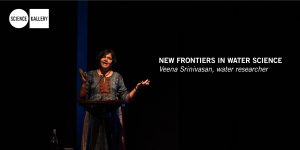
New Frontiers in Water Science
Veena Srinivasan, water researcher
In her Confluence lecture, water researcher Veena Srinivasan calls for a new approach to science that is problem driven, interdisciplinary and grounded in real-world questions. She presents three examples to illustrate why we must consider anthropologic changes in this new approach. She addressed the case of disappearing surface water in the Upper Arkavathy watershed near Bengaluru, the impact of droughts on Chennai and questions whether tree planting is good or bad for streams.

Achæoscillator
Víctor Mazón Gardoqui (ES/DE), Nicolas Spencer (CL/AT)
Achæoscillator displays the drastic weather conditions of the southernmost island in the world on a virtualized representation of the end/beginning of the Americas. A one-person experience, where the research presents traces and connections between the ancestors of the Yagán community, the Kawesqar and Selk’nam and the Antarctic, Scotia and South America continental plates, offering an inestimable and uncontrollable source of Gaia's power.
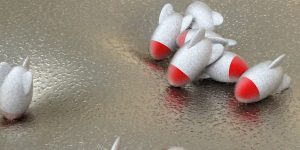
[Dis]possess
Jason Zhao, et al.
[Dis]possess highlights the contradictory forces of capital and progressive politics within the artworld, simulating a coworking space in downtown Chicago that sells twenty-first century indulgences for the price of a cup of coffee.

[Dis]location
Brett Balogh; William Harper; James Hartunian; Kristin McWharter; Patrick O’Shea; Jung Ho Park; Zhong Ren
[Dis]location investigates and extends specific sites in Chicago and beyond to foreground our shared connections to public spaces in both the built and natural environments.
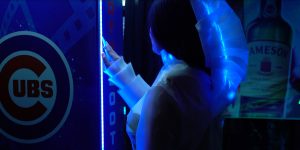
[Dis]place
Lola Blake; Jiwon Ham; Addison Tyler Leon; Ethan Proia; Meimei Song; Yimin Zheng
[Dis]place questions the reciprocal relationship between the self and its surroundings in an attempt to expand fixed notions of subject, host, and home.
